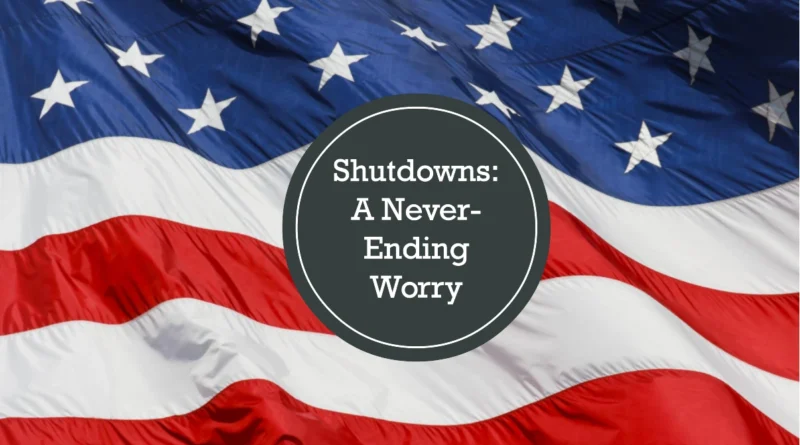The Ongoing Concern: Government Shutdowns in the United States
Government shutdowns in the United States have become a recurring issue, often stemming from political disagreements, particularly between the Republican Party and the Democratic Party. These shutdowns disrupt the functioning of the government, affecting federal employees, services, and the economy. In this blog, we will delve into the history of government shutdowns, recent developments, and their impact on the nation.
The History of Government Shutdowns
Government shutdowns in the United States date back to the 1980s but have become more frequent in recent years. They occur when there is a failure to pass funding legislation to finance the government for the upcoming fiscal year. Shutdowns disrupt various government functions, leading to furloughs of federal employees and the closure of non-essential services.
Here is a table summarizing significant government shutdowns in recent history:
| Year | Duration | Cause |
| 2013 | 16 days | Disagreements over the Affordable Care Act (Obamacare) |
| 2018 | 35 days | Dispute over funding for a border wall |
| 2019 | 35 days | Another funding dispute over a border wall |
| 2023 | Ongoing (as of September) | Spending disagreements among House Republicans |
Recent Developments
As of September 2023, the United States faces the looming possibility of another government shutdown. House Republicans are at the center of this issue, with disagreements over how much to cut from the budget. The deadline for reaching a funding agreement is September 30, 2023.
Here is a table summarizing recent developments:
| Date | Event |
| September 21, 2023 | House Republicans block spending agenda restart |
| September 22, 2023 | The government shutdown appears increasingly likely as disagreements persist among House Republicans |
| September 30, 2023 | Deadline for reaching a funding agreement and preventing a government shutdown |
Impact of Government Shutdowns
Government shutdowns have far-reaching consequences. Federal employees are furloughed or forced to work without pay, essential services are disrupted, and the economy can suffer. Here are some key impacts:
- Federal Employees: Many federal employees face financial hardship during shutdowns. They may struggle to pay bills and meet basic needs.
- Services: Non-essential government services, such as national parks and museums, close during a shutdown, affecting tourism and local economies.
- Economy: The uncertainty caused by shutdowns can harm financial markets and consumer confidence, potentially leading to economic downturns.
- Government Operations: The government’s ability to function effectively is compromised, and essential services like law enforcement and emergency response may be affected.
The Role of the Republican Party
Government shutdowns often result from political disagreements between the Republican Party and the Democratic Party. In recent years, the Republican Party has played a significant role in these shutdowns due to disputes over issues like healthcare and border security.
Efforts to Prevent Shutdowns
Efforts to prevent government shutdowns include bipartisan negotiations, short-term funding measures (continuing resolutions), and public pressure to reach consensus. However, achieving a lasting resolution remains a challenge.
Conclusion
Government shutdowns in the United States are a complex issue with wide-ranging impacts. They reflect the challenges of political polarization and the difficulty of reaching consensus on critical funding matters. As the nation faces the possibility of another shutdown in September 2023, the importance of finding bipartisan solutions to prevent such disruptions cannot be overstated.




